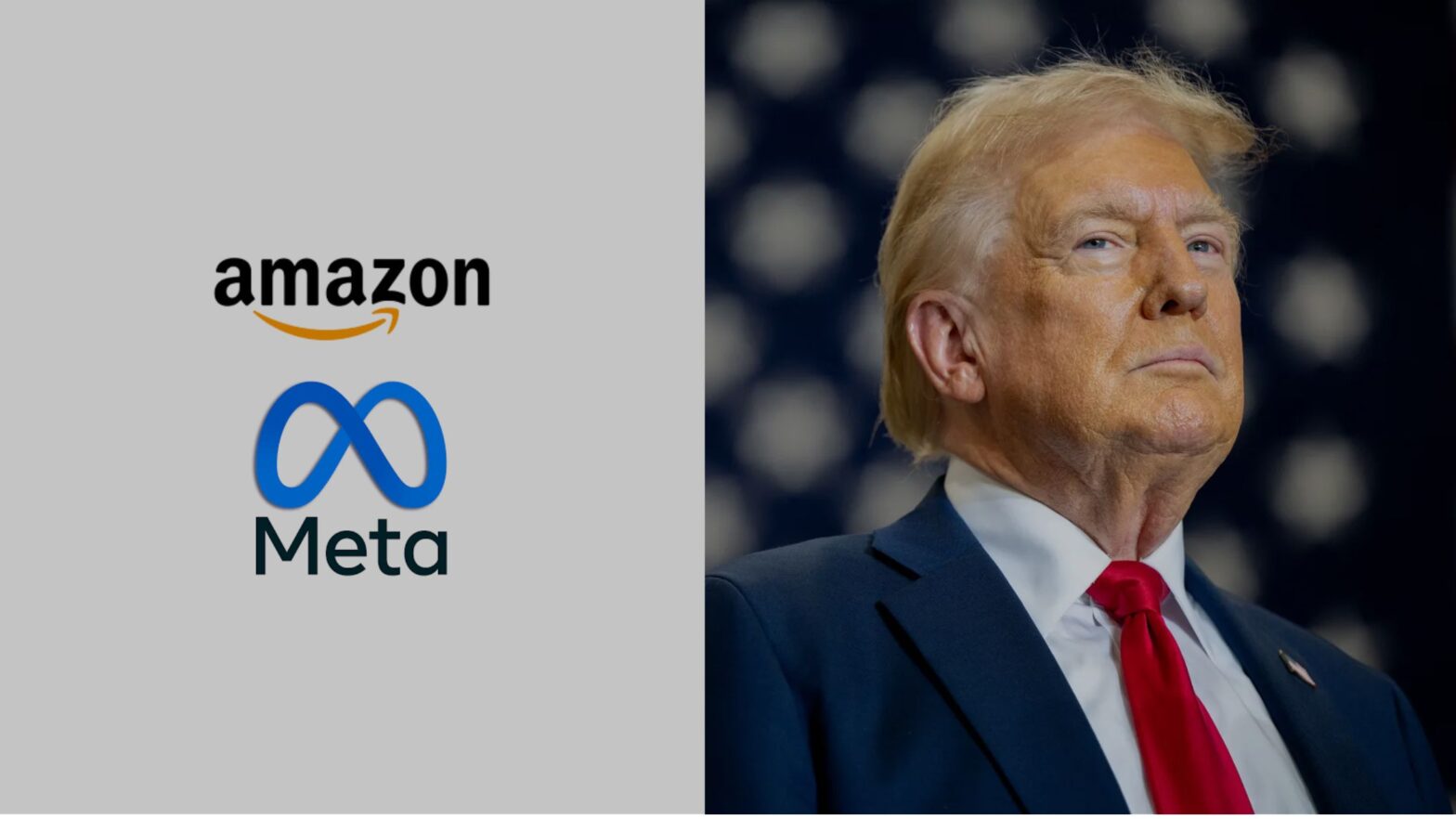iPhone 16: innovation or stagnation in a saturated market?
October 2, 2024

The launch of the iPhone 16 has generated high expectations, as is the case whenever Apple unveils a new device. This time, the brand is betting on significant improvements in camera, performance, and battery life, along with advanced connectivity featuring 5G support and Wi-Fi 6E. But in a market saturated with high-end smartphones, the real question is whether these enhancements are enough for Apple to maintain its reign in an increasingly competitive landscape, especially against rivals like Huawei and Samsung.

Let’s talk about its technological innovation
Apple has equipped the iPhone 16 with the A17 Bionic chip, which improves overall performance and energy efficiency. This chip is at the heart of the device’s enhanced speed and multitasking capabilities, also contributing to battery optimization. However, beyond these updates, the iPhone 16 doesn’t introduce revolutionary changes but rather follows a continuous path that may not be enough to stand out in such a dynamic market.
The camera is another strong point. With the new “Night Mode Pro” and improvements in stabilization, Apple continues to raise the bar for mobile photography. But is this enough to differentiate itself in a market where competition has closed the gap? Brands like Huawei, for example, have incorporated advanced artificial intelligence (AI) to automatically adjust camera settings based on the environment, offering a more adaptable and personalized experience. Could Apple benefit from integrating more AI into its operating system to match Huawei in this area?
Although Apple still leads in camera quality and performance optimization, incremental improvements no longer make the same impact as before. For many users, these changes are welcome, but not necessarily enough to justify the price of a new iPhone compared to other alternatives in the market.
Facing fierce competition: Huawei and Samsung in the hunt
While Apple introduces these incremental upgrades, competition is growing stronger. Huawei has made significant strides in key areas such as fast charging and reverse wireless charging—features Apple has yet to implement. The absence of these capabilities could lead some consumers to seek alternatives that offer more for less.
Samsung, on the other hand, offers 120Hz displays, providing a smoother viewing experience than the iPhone 16. Additionally, the customization options that Android allows on Samsung devices are a significant differentiator for more tech-savvy users who value the ability to tailor their devices to their needs. While Apple’s closed iOS ecosystem is more optimized and secure, it may feel restrictive to users who crave more freedom.
Although Apple’s closed ecosystem remains an advantage for those who value seamless integration across devices, in terms of hardware, the competition from Samsung and Huawei is fiercer than ever. Apple must be mindful, as these brands not only offer quality products but are also innovating in areas Apple has yet to fully explore.
The big question: how strong is Apple’s global market position?
Globally, Apple remains strong but faces significant challenges, especially in regions like Latin America, where its market share is relatively low. According to recent data, Samsung dominates the Latin American market with a 36% share, while Apple ranks fourth with just 7%. This isn’t surprising, considering that consumers in this region tend to opt for more affordable brands like Motorola and Xiaomi, which offer competitive features at lower prices.
In the United States, however, Apple maintains its leading position with a 55.91% share of the smartphone market. But even in its strongest market, it faces competition from Samsung, which holds 24.02% of the market. Globally, Apple surpassed Samsung in smartphone sales for the first time in 12 years in 2023, selling 234.6 million devices compared to Samsung’s 226.6 million. This “sorpasso” was largely driven by the growing demand for premium smartphones, a segment where Apple holds a 70% share.
Despite this, although Apple remains a leader in certain markets, its global market share faces challenges, particularly in emerging regions where consumers seek value for money. If Apple doesn’t adjust its pricing strategy and offer more disruptive innovations, its leadership may be eroded in the future.




